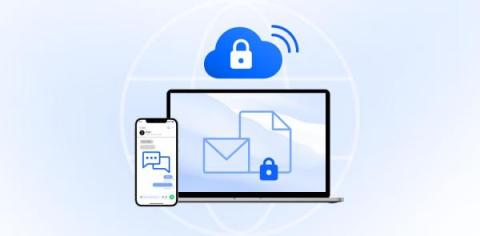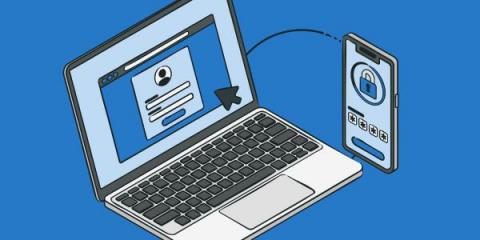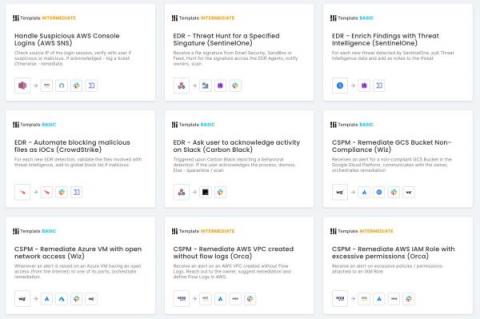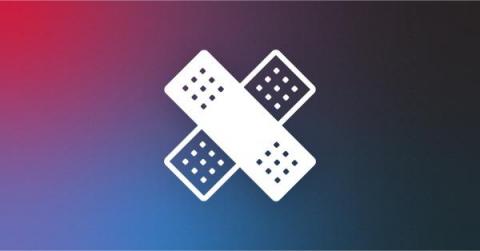Airline Data Breaches
Travel websites, in particular airlines are key targets for cyberattacks, the reward for compromised data is high in this industry due to the sensitivity of the data involved. Over the years, there have been a number of airline data breaches, with some companies suffering multiple attacks. By analysing some of the major airline and travel attacks over the years and being aware of tactics used by hackers, security procedures can be put in place to prevent attacks.











